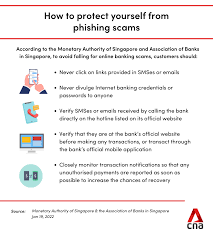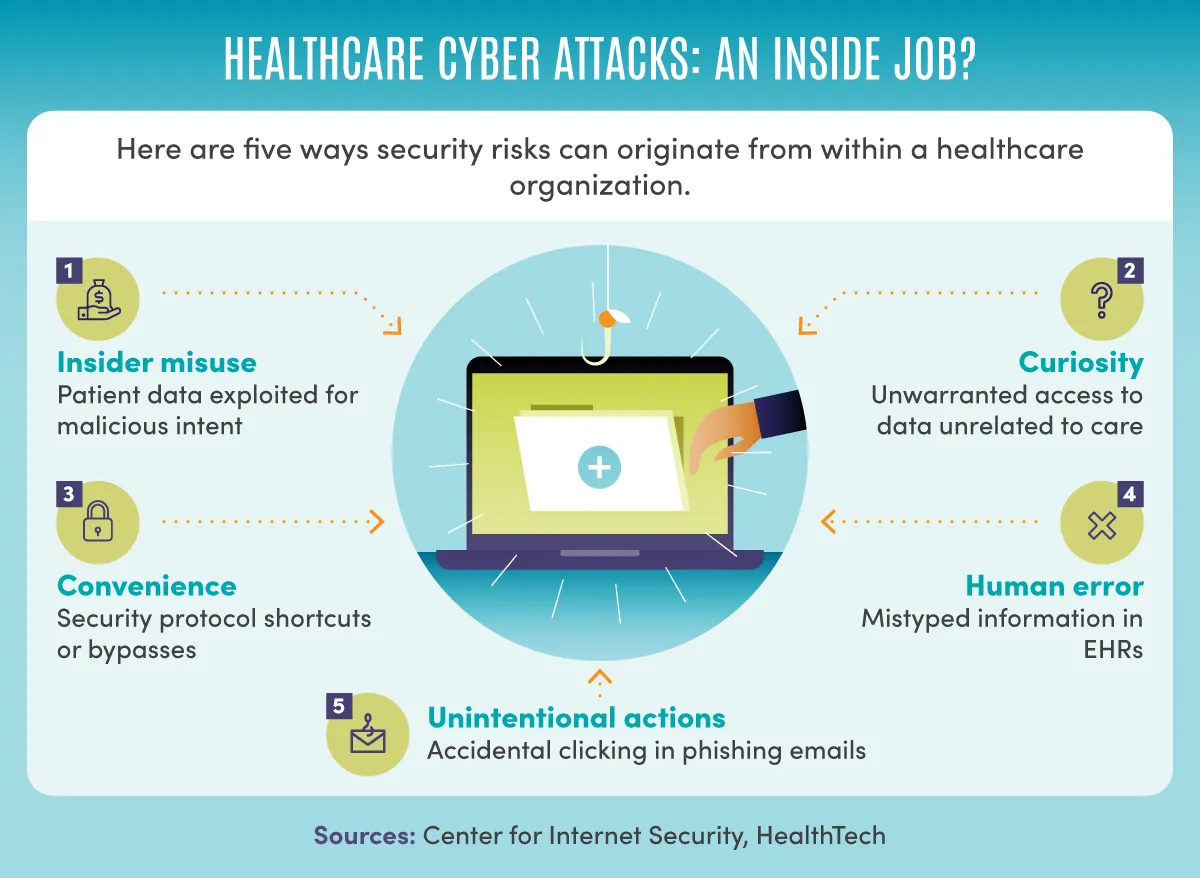Today’s Top Headlines in Cyber Crime News
Cybercrime is constantly evolving, with new threats and incidents making the headlines daily. This article will cover some of the most recent and critical stories in cybercrime. Let’s dive into the major happenings in today’s cybercrime world and break down what these incidents mean for businesses, individuals, and the security community at large.
Major Data Breach Exposes Millions of User Accounts
One of the most concerning topics in today’s cybercrime headlines is a recent massive data breach that has exposed millions of user accounts. Cybercriminals infiltrated a popular online platform, gaining access to sensitive user data, including email addresses, passwords, and personal details. The breach has left millions of users vulnerable to identity theft and phishing scams.
The hackers were able to break into the platform’s database by exploiting a security vulnerability that had not been patched. This highlights the importance of regular software updates and ensuring that systems are equipped with the latest security measures. Once inside, the criminals extracted user information and have since been selling it on the dark web. This data can be used for malicious purposes, such as fraudulent transactions, creating fake identities, or targeting individuals for social engineering attacks.
The company affected by the breach has been working to notify users, advising them to change their passwords immediately and enabling two-factor authentication where possible. Unfortunately, the damage may have already been done for many, and those affected must be on high alert for suspicious activity in their accounts.
To avoid becoming victims of such breaches, users should regularly update their passwords, avoid using the same password for multiple accounts, and enable multi-factor authentication wherever possible. Companies, on the other hand, should invest in comprehensive cybersecurity solutions to protect their users’ data and stay vigilant against potential threats.
Ransomware Attacks on Hospitals and Critical Infrastructure
Ransomware attacks have become a leading form of cybercrime in recent years, and today’s headlines are no different. A growing concern is the increased targeting of hospitals and critical infrastructure. These attacks cripple essential services by encrypting data and demanding payment for its release, often causing widespread disruption and potentially endangering lives.
In one recent attack, a hospital system in a major city was forced to shut down its operations for days. The ransomware attack encrypted patient records, appointment schedules, and even critical medical equipment systems. Hospital staff had to resort to manual procedures, and many surgeries were postponed, creating a healthcare crisis.
Hackers often target hospitals and similar institutions because they know that the urgency of the situation may lead these organizations to pay the ransom quickly to restore their operations. These attacks not only cost millions in ransom payments but also result in long-term damage to the institution’s reputation and the trust of the public.
Experts in cybersecurity are urging hospitals to improve their defense mechanisms by ensuring that backups are regularly updated and stored securely, implementing employee training on how to recognize phishing attempts, and working with cybersecurity professionals to monitor for signs of potential threats. Individuals, too, should be cautious about sharing personal information with healthcare providers and ensure they are dealing with reputable institutions that take cybersecurity seriously.
Phishing Scams Targeting Online Banking Users

Phishing scams remain one of the most common forms of cybercrime, and today’s news reveals a rise in phishing campaigns targeting online banking users. Cybercriminals are sending fraudulent emails and text messages pretending to be from legitimate banks, tricking users into providing their login credentials and other sensitive information.
In these attacks, victims receive messages that appear to be from their bank, often warning them of suspicious activity on their account or asking them to verify their information. The messages contain links to fake websites that closely resemble the actual bank’s website. Once users input their information, hackers immediately gain access to their accounts, and funds are often transferred out within minutes.
This surge in phishing attacks is particularly concerning as more people shift to online banking due to convenience. Banks are working to combat this by educating customers on how to spot phishing attempts, such as looking for misspellings, suspicious URLs, or requests for personal information through email.
To protect yourself from phishing scams, it is crucial to avoid clicking on links in unsolicited emails or text messages. Always access your bank’s website directly by typing the URL into your browser or using the bank’s official app. Additionally, enabling alerts for any transactions made on your bank account can help detect unauthorized activity early.
Rise of Cryptojacking: How Hackers Are Secretly Mining Cryptocurrency on Your Devices
Another headline in today’s cybercrime news is the rise of cryptojacking. This is a form of cybercrime where hackers secretly use your device’s processing power to mine cryptocurrency without your knowledge. Unlike other cyberattacks that directly harm the victim, cryptojacking slows down your devices, reduces their lifespan, and increases your electricity bills.
Hackers typically spread cryptojacking malware through phishing emails, malicious websites, or by exploiting software vulnerabilities. Once the malware is installed on a device, it operates in the background, using the device’s resources to mine cryptocurrencies like Bitcoin or Monero. Since mining cryptocurrency requires significant computing power, this can cause your device to overheat, lag, and function poorly.
The rise in cryptojacking is driven by the increasing value of cryptocurrencies, making this a lucrative form of cybercrime for hackers. What makes it particularly dangerous is that it can go undetected for long periods, as it doesn’t always cause immediate, noticeable harm to users.
To prevent cryptojacking, individuals and businesses should use robust cybersecurity solutions, including anti-malware programs that can detect cryptojacking attempts. Keeping software up-to-date and being cautious of suspicious emails or websites can also reduce the risk of this hidden threat.
Social Media Platforms Facing Cybersecurity Challenges
Social media platforms are a major target for cybercriminals due to the vast amount of personal information they hold. Today’s headlines reveal that popular platforms are struggling to keep up with the growing threats. From account hacking to the spread of misinformation, the cybersecurity challenges faced by these platforms are significant.
One major issue is the hacking of high-profile accounts. Hackers often gain access to these accounts through phishing attacks or weak password security, using the compromised accounts to spread malicious links or scams. This can lead to massive data leaks, exposing personal information such as private messages, photos, and even financial details.
In response to these threats, social media companies are working to improve their security features, such as two-factor authentication and enhanced privacy settings. However, users also need to take responsibility for their own security by using strong, unique passwords, being cautious about the information they share, and regularly reviewing their account settings.
The cybersecurity challenges facing social media platforms are a reminder that personal information shared online can be vulnerable to attacks. It’s important for individuals to stay informed about the latest threats and take steps to protect their online presence from cybercriminals.
Conclusion
Cybercrime continues to evolve, with new threats emerging every day. From data breaches and ransomware attacks to phishing scams and cryptojacking, the headlines in today’s cybercrime news highlight the importance of staying vigilant. By understanding the latest trends and taking proactive steps to protect personal information, individuals and businesses can reduce the risk of falling victim to cybercriminals.



